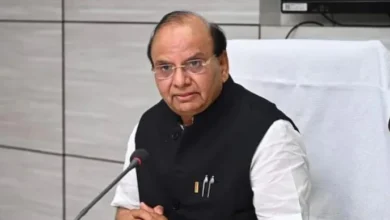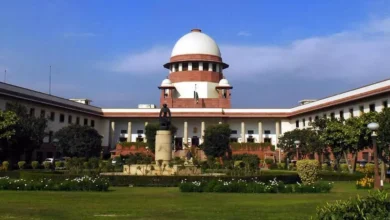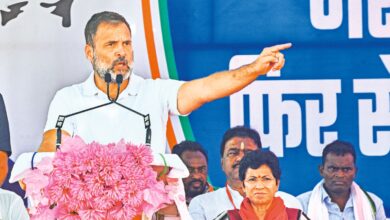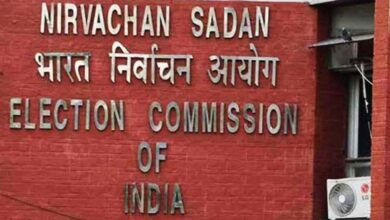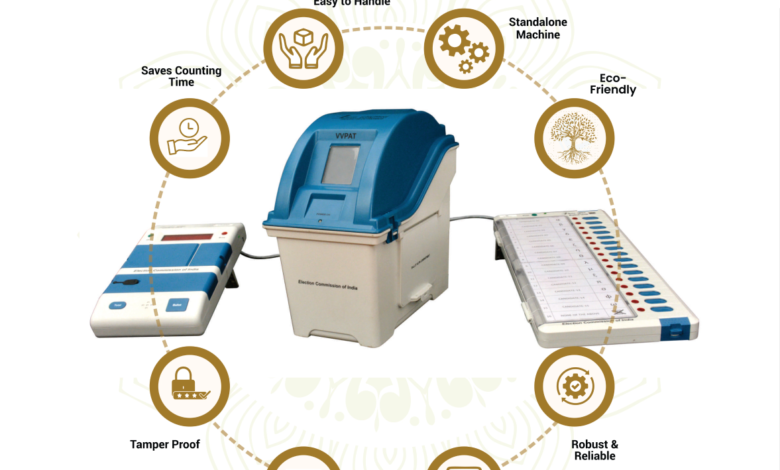
On Friday, April 26th, 2024, the Supreme Court (SC) rejected the plea for 100% verification of votes polled on electronic voting machines (EVMs) with slips printed by the Voter Verifiable Paper Audit Trail (VVPAT) machines.
A bench of Justices Sanjiv Khanna and Dipankar Datta stated in two different but concurring rulings that it had thoroughly examined the technical details and protocol around EVMs. In two concurring rulings, a bench of Justices Sanjiv Khanna and Dipankar Datta upheld the notion that “democracy is all about striving to build harmony and trust between all institutions” and rejected all of the requests submitted in the case, including those requesting a return to ballots used in elections.
Notably, the court also allowed candidates to seek in writing to have a percentage of the EVMs “checked and verified by a team of engineers from EVM manufacturers post the announcement of results,” with the Election Commission of India (ECI) to notify them of the associated costs.
“There are three pleas taken – that we should return to the paper ballot system, that the printed slips on the VVPAT machine should be given to voters to verify and put in the ballot box for counting, there should be 100 percent counting of VVPAT slips in addition to electronic counting…We have rejected all of them after referring to the protocol in place, technical aspects, and data which is on record,” the bench said.

Justice Datta in his ruling said that “while maintaining a balanced perspective is crucial in evaluating systems or institutions, blindly distrusting any aspect of the system can breed unwarranted skepticism and impede progress”.
“We have give two directions. One direction is after the completion of symbol loading process , the Symbol Loading Unit (SLU) should be sealed. The SLU should be stored at least for a period of 45 days,” Justice Khanna said.
At the request of the runners-up and third-place contenders, the Supreme Court also permitted the engineers of the EVM makers to confirm the microcontroller of the devices following the announcement of the results.
“The burnt memory in the microcontroller EVM shall be checked by a team of enegineers after the declaration of results on a request by candidates in serial number 2 and 3, such a request to be made within 7 days after the declaration of results,” Justice Khanna added.
The court stated that requests for the microcontroller’s verification may be filed within seven days of the results being announced and costs being paid.
The expenses for the verification (of the program) will be borne by the candidates making the request, the order said. “In case the EVM is found to be tampered, the expenses will be refunded,” it said.
The decision was made on the same day when 13 states’ 88 seats were up for election in the second round of the Lok Sabha elections. Prashant Bhushan, an activist lawyer, argued on behalf of the non-profit Association for Democratic Reforms, the main petitioner.
“The court has not accepted our demands but has directed the Election Commission to examine that if bar codes can be put on VVPAT slips, so that the VVPAT slips can be mechanically counted by a counting machine. Also, secondly, they have said that the symbol loading unit which loads the symbol constituency by constituency should be sealed and kept available for at least 45 days after the election. Thirdly, they have said that everycandidate who comes second or third can make a demand for examining the burnt memory of the EVM and a technical expert team of the Election Commission will have to examine that, but the cost of that will have to be paid by the candidate. With these directions, the court has disposed of the petition,” Prashant Bhushan said, according to news agency PTI.
The Supreme Court stated at the hearing on Wednesday that it is unable to “control the elections” or give orders due to concerns about the accuracy of electronic voting machines. The petitions claimed that outcomes may be manipulated by tampering with the EVMs.
The Election Commission was questioned by the Supreme Court on five issues pertaining to the operation of electronic voting machines (EVMs), including the microcontrollers that are installed in them.
In response to a query regarding microcontrollers, Senior Deputy Election Commissioner Nitesh Kumar Vyas stated that they are installed in the control unit, Voter Verified Paper Audit Trails (VVPATs), and balloting unit of electronic voting machines (EVMs) and are one-time programmable at the time of manufacture. However, attorney Prashant Bhushan said that the EC official’s testimony was not entirely accurate.
According to the petitions, polling equipment may be used to rig the results. One of the petitioners, the NGO Association for Democratic Reforms, had asked for the poll panel’s 2017 decision to swap out the clear glass on VVPAT machines for an opaque glass that allows voters to view the slip only while the light is on for seven seconds to be overturned.
Additionally, the petitioners have asked the court to order a return to the previous voting paper method. The seven-phase Lok Sabha elections are scheduled to start on April 19 and end on June 4, when the results will be declared.
You might also be interested in: Patanjali issues public apology in newspapers, Supreme Court scrutinizes ad size
